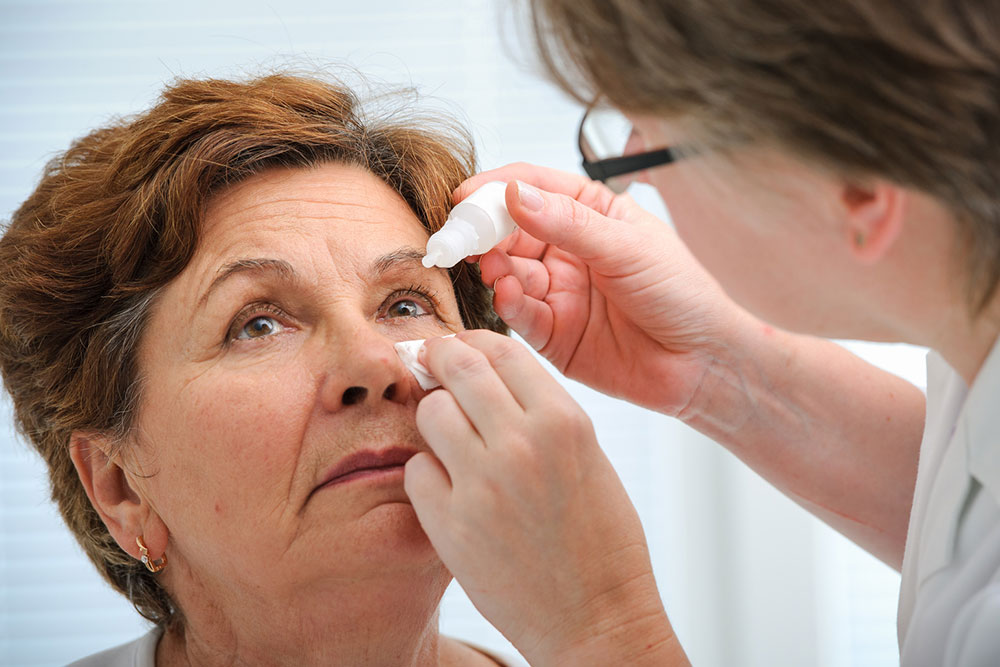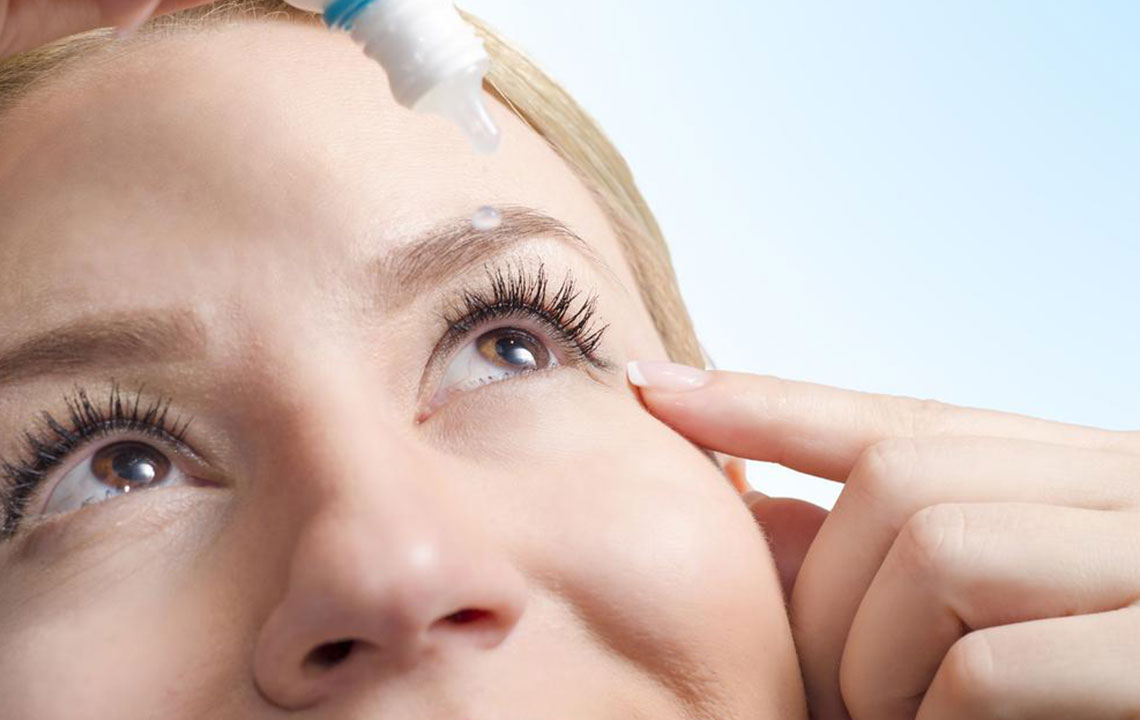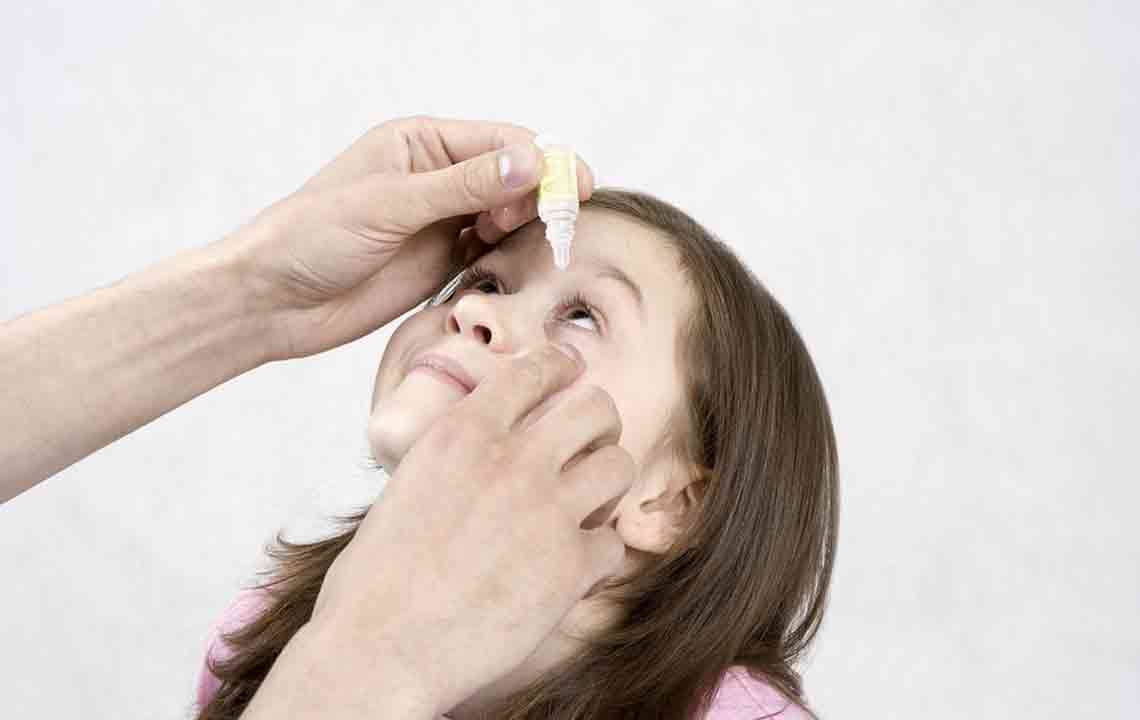Understanding and Managing Dry Eye Syndrome
Learn about the causes of dry eyes, common symptoms, and effective treatment options like cyclosporine eye drops. Discover how lifestyle factors and medical conditions contribute to dry eye syndrome and explore management strategies to improve eye comfort. Proper diagnosis and treatment can help alleviate discomfort and prevent complications associated with dry eyes.

Understanding and Managing Dry Eye Syndrome
Dry eyes result from insufficient tear production, which normally consists of water, oils, mucus, and antibodies from the lacrimal glands. These tears maintain eye moisture and protect against infections. When tear production drops, symptoms like irritation, redness, blurred vision, and sensitivity to light can occur.
Causes of dry eyes
Various factors contribute to dry eye development, which can be short-term or chronic, based on the underlying cause.
Environmental factors such as air conditioning, sunlight, smoke, and low humidity
Hormonal fluctuations, especially in women
Age-related changes
Medical conditions like diabetes and Parkinson’s disease
Damage to tear-producing glands
Allergies
Ocular surgeries like LASIK and cataract removal
Autoimmune illnesses including lupus and rheumatoid arthritis
Persistent eye inflammation
Prolonged contact lens use
Vitamin deficiencies or excessive vitamin intake
Treatment approaches for dry eyes
Effective options include artificial tears, ointments, surgical interventions, punctal occlusion, LipiFlow®, and cyclosporine medication. Cyclosporine, marketed as RESTASIS®, is a common prescription eye drop that enhances tear production.
RESTASIS® contains cyclosporine, which reduces inflammation in the eye, stimulating natural tear production. Chronic dry eye often stems from excess T cells that inhibit nerve signals to tear glands, decreasing lubrication. RESTASIS® works by limiting these T cells, thereby encouraging tear growth.
It’s important to note that results are gradual; users should apply RESTASIS® consistently for around 90 days for full benefits. Avoid mixing it with other eye drops unless advised by a healthcare professional. Always follow your doctor’s instructions and be aware of potential side effects, such as temporary burning sensations in the eyes during initial use.










